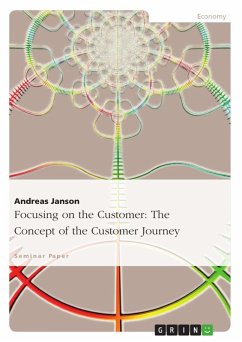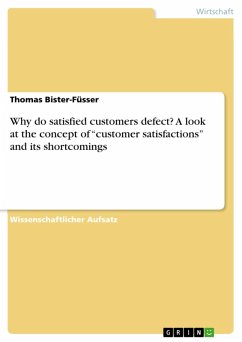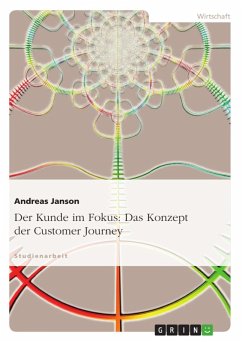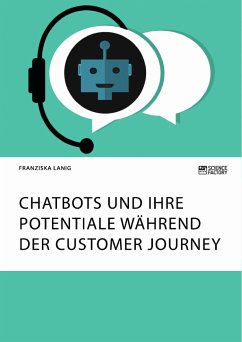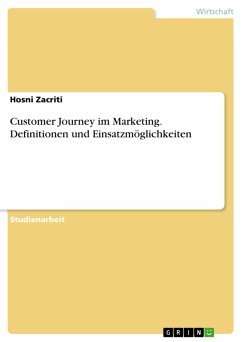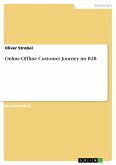Studienarbeit aus dem Jahr 2011 im Fachbereich BWL - Offline-Marketing und Online-Marketing, Note: 1,3, Universität Kassel (IBWL), Veranstaltung: Market Communication, Sprache: Deutsch, Abstract: The purchase decision process has been a topic of market research for many years. Until recently, this research has focused on the effect advertising has on customers as they choose a suitable product after consideration and comparison of various alternatives. This one-dimensional approach is, however, outdated. Consumers share their experiences of selecting and using products with others, thus influencing other consumers' purchases. Examples of this sort of communication are comments posted on social media platforms such as Facebook.com, or product reviews on Amazon.com. How can these new points of contact with brands and the new role of the consumer be integrated into the purchase decision process to develop new marketing options? One approach is the current understanding of the purchase process known as the Customer Journey. The objective of this article is to present the concept of the Customer Journey and to identify new approaches and applications for advertising and market communication. To achieve this objective, the second chapter will present the conceptual basis of the Customer Journey. In the first section, the classic funnel-oriented purchase model will be introduced as the foundation for understanding the Customer Journey (Chapter 2.1), which is then described in detail in Chapter 2.2. The third chapter forms the main body of the article that first considers specific segments of advertising and marketing communication (Chapter 3.1), and then sets a theoretical framework for the role of the Customer Journey in the marketing process. Chapter 3.2 illustrates the individual steps of the Customer Journey to determine which leverage points are of special relevance. In Chapter 3.3, the results of this analysis are presented in a systematic summery, and guidelines for implementation are presented in Chapter 3.4. The fourth chapter discusses the possibilities and limitations of the Customer Journey, and the article concludes with a mention of the implications for research and practical application (Chapter 5).
Dieser Download kann aus rechtlichen Gründen nur mit Rechnungsadresse in A, B, BG, CY, CZ, D, DK, EW, E, FIN, F, GR, HR, H, IRL, I, LT, L, LR, M, NL, PL, P, R, S, SLO, SK ausgeliefert werden.

